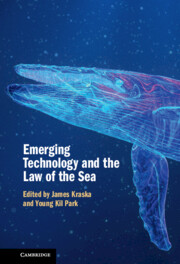To inform water quality monitoring techniques and modeling at coastal research sites, this study investigated seasonality and trends in coastal lagoons on the eastern shore of Virginia, USA. Seasonality was quantified with harmonic analysis of low-frequency time-series, approximately 30 years of quarterly sampled data at thirteen mainland, lagoon, and ocean inlet sites, along with 4–6 years of high-frequency, 15-min resolution sonde data at two mainland sites. Temperature, dissolved oxygen, and apparent oxygen utilization (AOU) seasonality were dominated by annual harmonics, while salinity and chlorophyll-a exhibited mixed annual and semi-annual harmonics. Mainland sites had larger seasonal amplitudes and higher peak summer values for temperature, chlorophyll-a and AOU, likely from longer water residence times, shallower waters, and proximity to marshes and uplands. Based on the statistical subsampling of high-frequency data, one to several decades of low-frequency data (at quarterly sampling) were needed to quantify the climatological seasonal cycle within specified confidence intervals. Statistically significant decadal warming and increasing chlorophyll-a concentrations were found at a sub-set of mainland sites, with no distinct geographic patterns for other water quality trends. The analysis highlighted challenges in detecting long-term trends in coastal water quality at sites sampled at low frequency with large seasonal and interannual variability.

